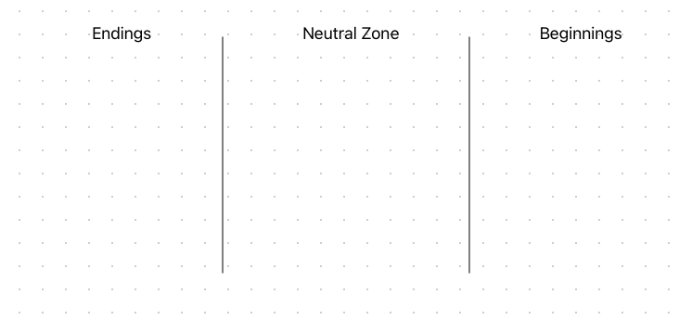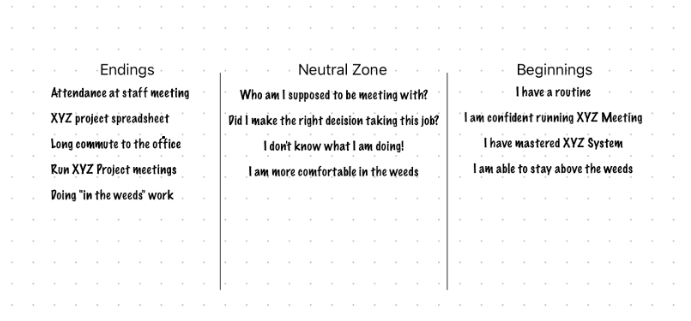The only constant is change.
Everything is a new transition – find out how to make them smooth
When we talk about change, what we mean is transition.
What is the difference between change and transition?
Change has to do with external circumstances, whereas transition describes the internal shifts we make in response to change.
William Bridges, an expert on change and transition and author of one of my most frequently recommended book Managing Transition – Making the Most of Change breaks down transition into three phases:
- Endings
- The Neutral Zone
- Beginnings
When we are faced with a transition, such as starting a new role in a new company, getting promoted, getting laid off, having a baby, returning from maternity leave, etc. we try to skip phases 1 and 2.
Nearly every transition you experience will begin with an ending of some kind. We are so anxious to get started on what is new we forget to account for all that is ending. Taking inventory is important so that we can let it go. Otherwise, we bring it forward as baggage. It’s critical to give ourselves time so you can effectively process the ending before moving on to your new beginning.
Next comes the neutral zone, the in-between state that follows the initial disruption but precedes the establishment of a new status quo. We often try to rush this stage because it’s uncomfortable, but it’s supposed to be! This is the space in which we wrestle with learning new things, experience new situations, struggle with our internal saboteur voice, question our decisions and more.
Then, one thing by one thing, we move confidently into Beginnings. Beginnings occur once there is an internal shift, a willingness to embark into a new identity or experience.
The activity below has proven to be a helpful framework for my clients. During a session, we partner together to complete the following:
STEP 1:
Draw three columns on a piece of paper and label them Endings, Neutral Zone, and Beginnings like this.
STEP 2:
Consider a recent transition or one that you are currently in. Break it down into the three phases, writing down which elements of the transition fell into each phase. A real-life example from one of my clients who transitioned from a manager of people to manager of managers below.
If you are not going through a transition now, use a past transition that you experienced to help you practice using this tool. Transitions are hard; there’s no denying that. But reflecting on your experience of the three phases of transition can prepare you to face your next transition with more ease and resilience.
Did you find this tool helpful? Let me know! Vivian@VivianRank.com




